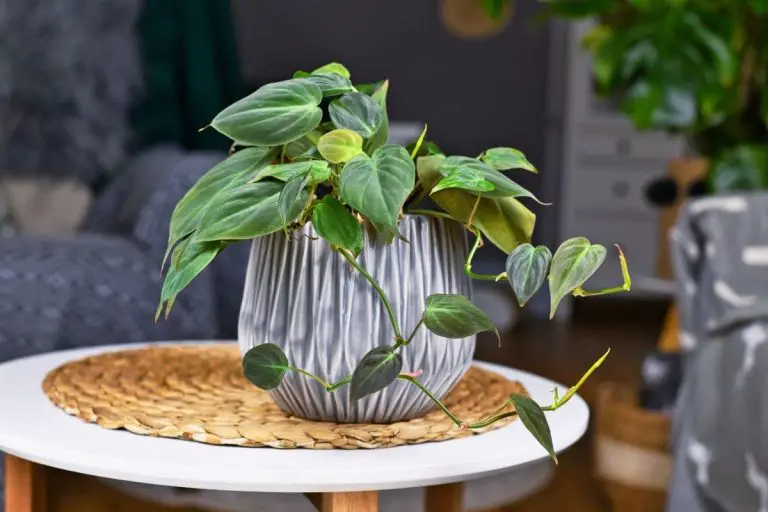Philodendron Birkin – The Best Care Practices
Philodendron Birkin
Philodendron Birkin is a rapidly growing houseplant. It is one of the various other types of Philodendron species.
Belonging to the Araceae family, the Philodendron species is the second-largest member after the Anthurium species. In terms of taxonomy, there have been many undescribed philodendron species, but a lot are kept as indoor plants for adornment and decoration.
Philodendron Birkin is a type of plant with glossy deep green leaves and creamy white to yellow pinstripes.
DISCLAIMER
Some of the links on here are affiliate links and I may earn if you click on them, AT NO EXTRA cost to you. Hope you find the information here useful! Thanks.
Related Articles:
- Essential Guide To Philodendron Melanochrysum Care
- Philodendron Giganteum – Complete Care Guide
- Philodendron Florida Ghost – The Most Comprehensive Guide
- Easy-to-Follow, Grow Care Guide – Snow Queen Pothos
Types of Philodendron
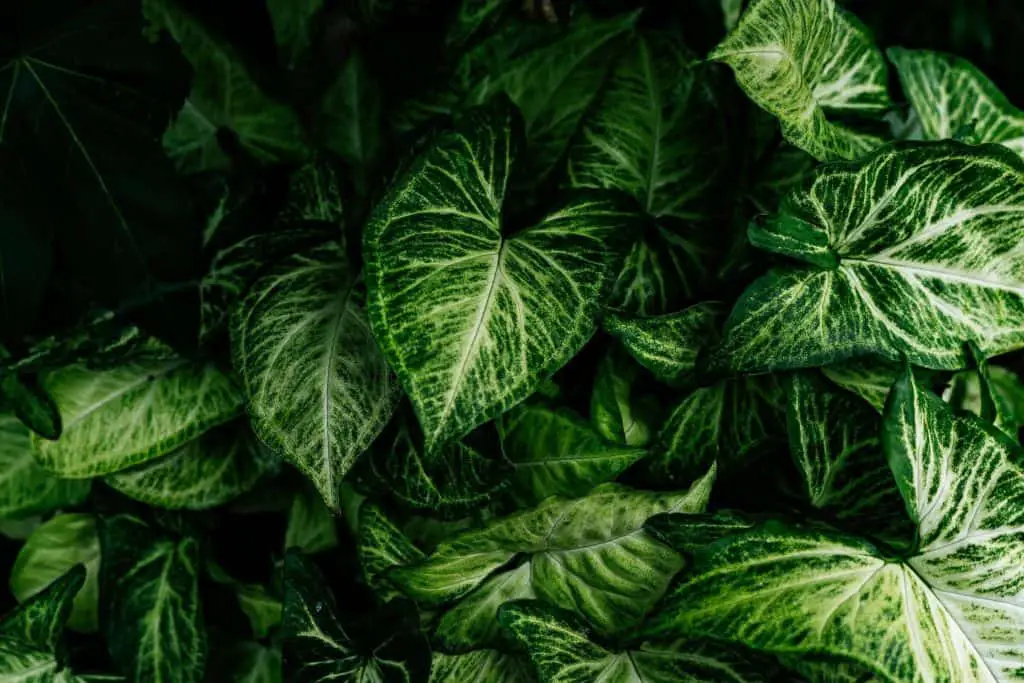
Birkin Philodendron is in the Philodendron subcategory in the Araceae family.
There are many other types of Philodendron, including Philodendron Birkin, the heartleaf Philodendron, Philodendron Gloriosum, Philodendron Selloum, Philodendron Pink Princess, and Philodendron Spiritus Sancti.
They are all unique and beautiful in their own ways!
Why Is It called Philodendron Birkin?
Philodendron is a Greek word derived from the word Phileo, meaning ‘to love’, and ‘dendron, meaning ‘tree’.
So, it basically means tree lover.
Thus, it is expected that Philo Birkin is favoured as a houseplant as it grows as an epiphyte in its natural habitat.
Here is an interesting fact.
An epiphyte is a plant that grows on another plant but is not parasitic. These types of plants just grow on another plant for physical support, not sucking the nutrients out of them. They also derive moisture from plants around and provide balance in the ecosystem.
Basic Tips for Birkin Plant Care
In order to keep Philo Birkin as a houseplant, you have to be ready with some basic needs. Here are some Birkin Philodendron care tips that you should at least prepare.
Soil
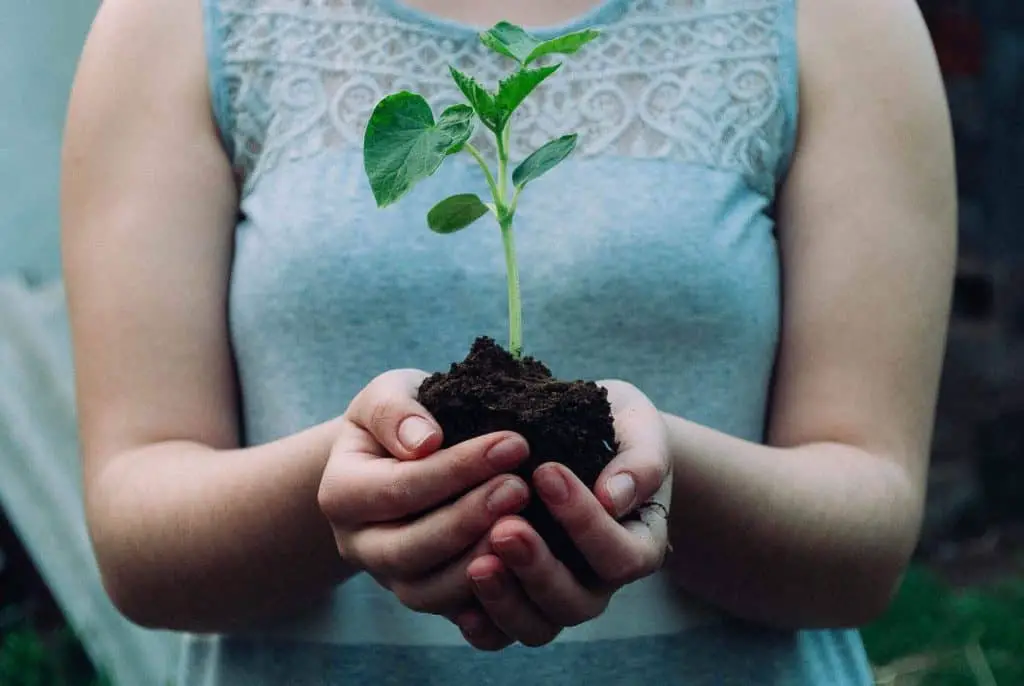
The soil needed for a Philodendron Birkin is in the looser type that can withhold water.
However, it should not flood the plant or it will become mushy. This will cause the root to rot and probably die. For that, the best soil choice is rich peat/bark-based soil.
Soil added with moss is a plus, as this can create a high-nutrient soil mix that is good for the Birkin plant.
Water
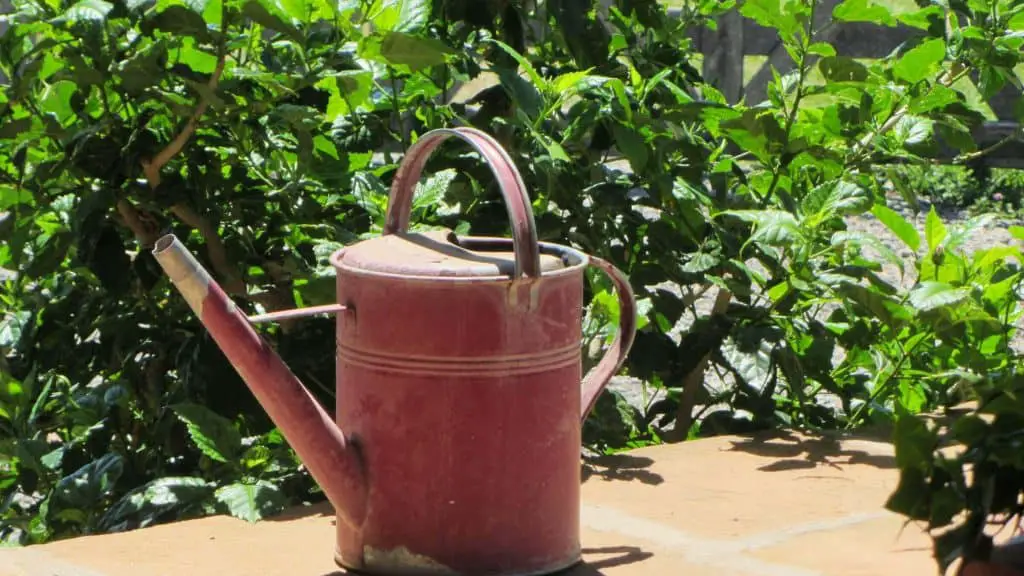
The Philo Birkin plant prefers damp soil, not too dry and too wet. When watering through summer and spring, the soil should be kept moist, but in winter, the soil should be dry before the next watering.
This is to avoid the water from freezing and wilt your Birkin plant. This is why a good pot drainage system is bliss.
You can check your plant to see if you are watering properly. If the leaves are flaccid, then you could be doing it right. You are advised to water it twice a week.
Light
Philo Birkin can survive from medium to bright, indirect sunlight. It has to be noted that this plant cannot be put under direct sunlight as it will damage the leaves or dry out the plant. Consider placing it under a shade netting or in front of a window with a blind.

Shaded sunlight is recommended as the Birkin plant responds best to this condition!
In short, these basic needs are a must and to ensure that the Birkin plant receives the best care possible, you could spend a little bit before starting to plant it in your house. This could at least prepare you and the Philo Birkin for the life you will spend together.
Extensive Care Tips
In addition to the basic Philo Birkin care tips, you might want to be prepared extensively to make sure your Birkin plant grows healthily.
Fertilizers
As a houseplant, the philodendron Birkin plant needs more energy to keep it growing well and to acquire any nutrients it should get in its natural habitat.
There have been many ways to feed the plant Birkin Philodendron, and one of the best ways is fertilizing it with a water-soluble fertilizer at least once a month. Make sure the fertilizer has nutrients like calcium, nitrogen, and magnesium.
This Water Soluble All Purpose Plant Food by Miracle-Gro is full of essential nutrients, it instantly feeds to grow bigger, more beautiful plants. Get it here
Since Philodendron Birkin likes to be watered, you can simply dilute some fertilizer in the water and feed your plant. It is also recommended to feed your plant little by little rather than in bulk.
Feeding your plant fertilizers too much could burn and eventually kill it!
Throughout the growing season – spring and summer – fertilize your Birkin plant once monthly. But in winter, reduce the frequency to once every two months.
Humidity
Philodendron Birkin rare is a tropical plant and it really likes a humid environment! This is the reason why it loves damp soil. You can even place a humidifier near your Birkin plant and let it soak all those nice humid air and stay happy!
This Portable Small Humidifier is so affordable you definitely need to check it out!
Other than placing a humidifier, you can also spray it with water, invent a microclimate by huddling multiple houseplants at an area, or use a pebble tray that acts as a humidifier.
A level of >40% is sufficient to keep your plant Birkin fine, but 50-70% of humidity level will make your plant more comfortable and can grow easily.
Best Time to Repot
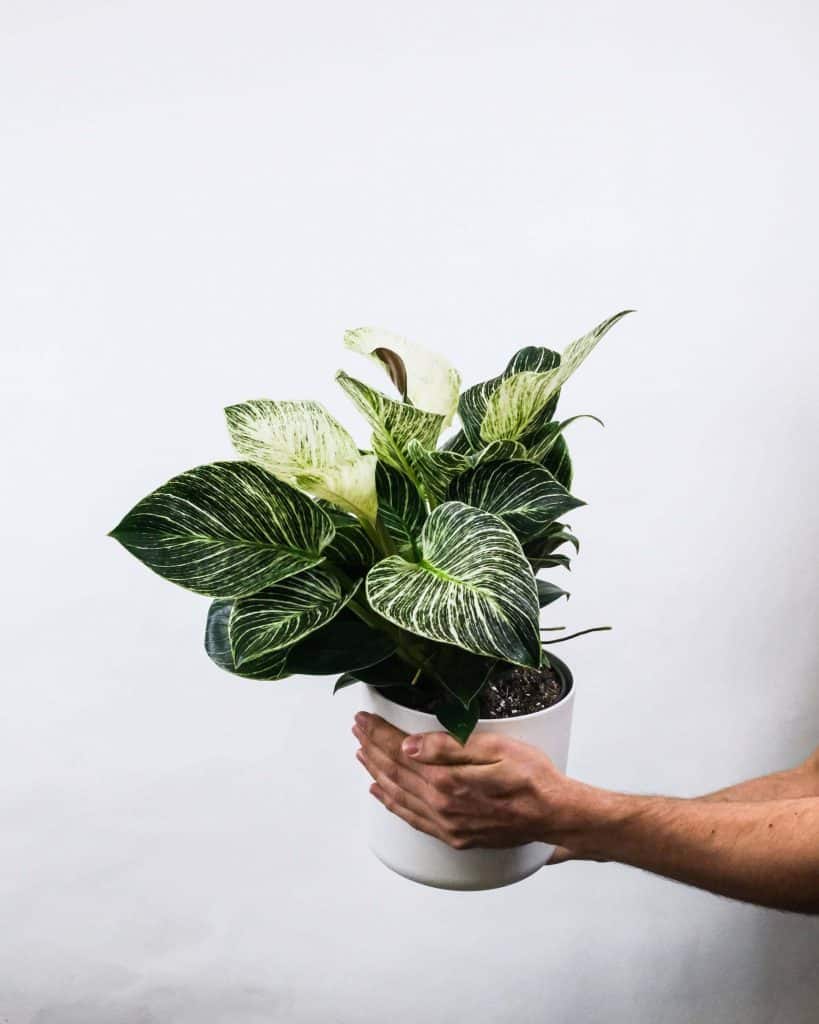
As a rapidly growing houseplant, Philodendron Birkin needs frequent repotting to avoid it from being rootbound. You don’t want your Birkin plant to wilt and wither, so frequent repotting is essential especially when they have started outgrowing their pot.
It is best to re-pot once you see roots begin to emerge from the pot. Thus, selecting a pot that is around 1-2 inches bigger is sufficient for repotting.

Early spring is the best time, although it is good to do so in spring and summer, once the Birkin plant has loomed from its dormancy in the winter. It is best to be done in the daytime with a temperature around 70°F or 21°C.
Once the plant has been successfully repotted, water it until water dribbles out from the pot. Make sure you replace it at its old spot and don’t water it again until the topsoil is dry.
This should be done throughout its lifespan to ensure it grows happily.
Is Your Philodendron Birkin Happy?
When you have fulfilled all the basic needs and requirements for a Philodendron Birkin plant care, you will see it bloom in its prettiest form. You know it is happy when it does not show these signs:
- Brownish leaves – probably due to lack of humidity and dry soil situation
- Burned leaves – might be exposed to too much direct sunlight
- Yellowish leaf edges – overwatered
- Curled leaves – cold and dry environment
Be grateful when none of these signs is shown by your Birkin plant. It is happily living with you! However, if any signs show up, you need to take immediate action to combat future bigger problems.
The Growth of Philodendron Birkin
A Philodendron Birkin leaf can grow up to 20 centimetres long, with a breadth of 60 centimetres, and height of 50-100 centimetres tall. It is a slow-growing plant, which can take up to 10 years to reach full maturity.
If you happen to get a young Philo Birkin plant, keep in mind that it’s going to take quite some time for you to see your Philodendron Birkin in its fully mature form.
How Big Can a Philodendron Birkin Get?
From the previous point, you can already see that a Philo Birkin can grow quite big.
In its stage of infancy, you can place it in a small pot. But as it matures, it will eventually outgrow the size of the pot, and the area of the plant will increase. However, worry not as the plant does take time to grow, so enjoy its foliage while you can.
Problems Related to Philodendron Birkin
Growing the Philo Birkin plant requires patience, as it is slow-growing in nature.
However, having problems while cultivating it could test your patience. Fret not, here are some solutions for you to overcome those worries and make your Birkin plant happy again!
The Plant Develops Brownish Leaves
When you see that your Birkin plant leaves develop brownish colour, it could be a sign that your plant lacks humidity. You could try using a humidifier and increase the level of humidity around it.
You can also try huddling more plants near or around it to increase humidity.
The Leaves Look Burnt
If the leaves look burnt, it might have gotten direct sunlight. You have to remember that this plant is a tropical plant and it prefers shades over bright direct sunlight.
Hence, try placing it in a shaded area or reduce the brightness by filtering the direct sunlight with a translucent curtain.
Leaves With Yellow Edge
Even if the Philo Birkin plant likes water, you might have been too eager while watering it. When overwatered, yellow-edged leaves could emerge. Try to reduce the amount of water you use or the frequency of watering.
Curled Leaves
Curled leaves could be due to the cold and dry environment. You can combat this by increasing the humidity level around the plant. Try misting the plant with a water spray or wipe it with water to improve this condition.
Reverted Leaves
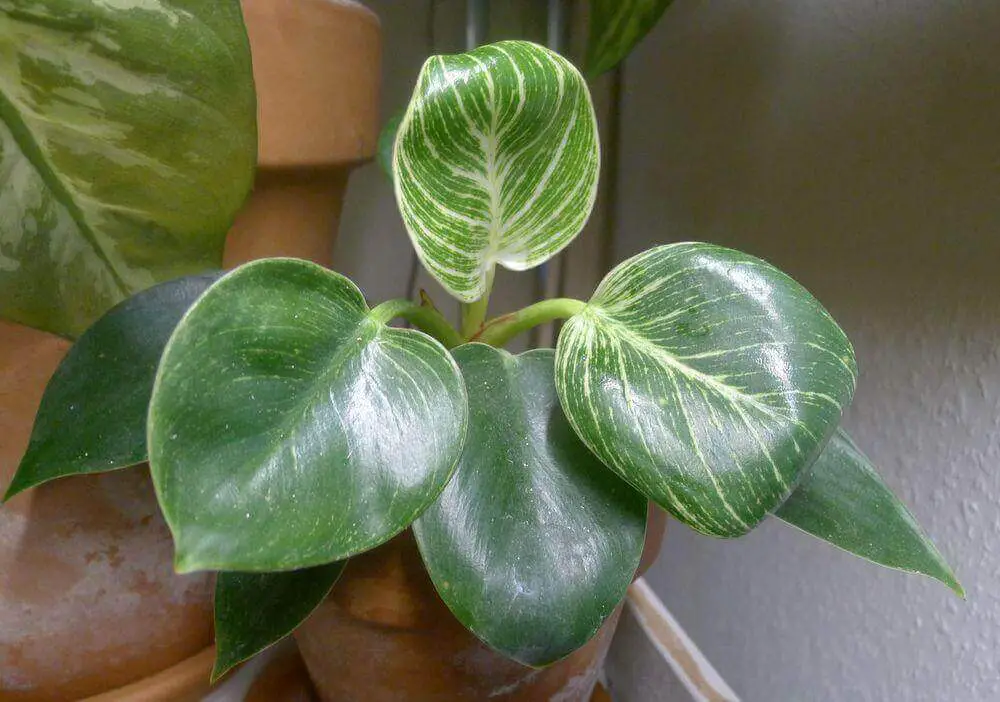
The leaves can revert in the form that it is dark green without any pinstripes. To combat this, you can try cutting all the reverted Philo Birkin leaves and leaving only the Philodendron Birkin variegated leaves.
Things To Watch Out For
Other than the problems related to the Birkin plant, there are several issues that you need to watch out for.
Plant Vines
A Philo Birkin does not have vines, so you do not have to worry about having vines jerking out and having to hang your Philo Birkin plant.
Does It Climb
A Philodendron Birkin is a climbing plant if given the opportunity. If not, it will become too heavy to support itself. Before a Birkin plant has reached its mature form, it is advised to prepare a climbing pole for it.
Things to Consider Before Caring for a Philodendron Birkin
If you have cats or any other pets in your house, be alarmed that the Philo Birkin is a toxic plant as it contains calcium oxalate crystals. If ingested, it could cause your pets to develop oral irritation, mouth, tongue, and lips pain and swelling, drooling, vomiting, and swallowing difficulty.
Things You Need to Grow a Healthy Philodendron Birkin
As stated, there are a few basic and extensive requirements to cultivate a healthy and happy Philo Birkin plant:
1. A well-mixed soil
2. Appropriate watering schedule
3. Indirect sunlight
4. Nutritious water-soluble fertilizer
5. Good level of humidity
6. Be aware when your Philo Birkin needs repotting
When you have equipped yourself with these ingredients and knowledge, then you are ready to adorn your house with a beautiful Philodendron Birkin.
Where to Buy a Philodendron Birkin
You can get yourself a nice Philodendron Birkin variegated online from these stores. Worry not and rest assured that if well-packed, a Philo Birkin plant can be delivered around the world:
- Garden Good Direct
- Pistils Nursery
- Etsy
- Gabriella Plants
- Plants Guru
- Paling Horticulture
- plnts.com
- Ugaoo
- Nursery Buy
- Root Bridges
If you are at the right time, you can find some good Philodendron Birkin for sale.
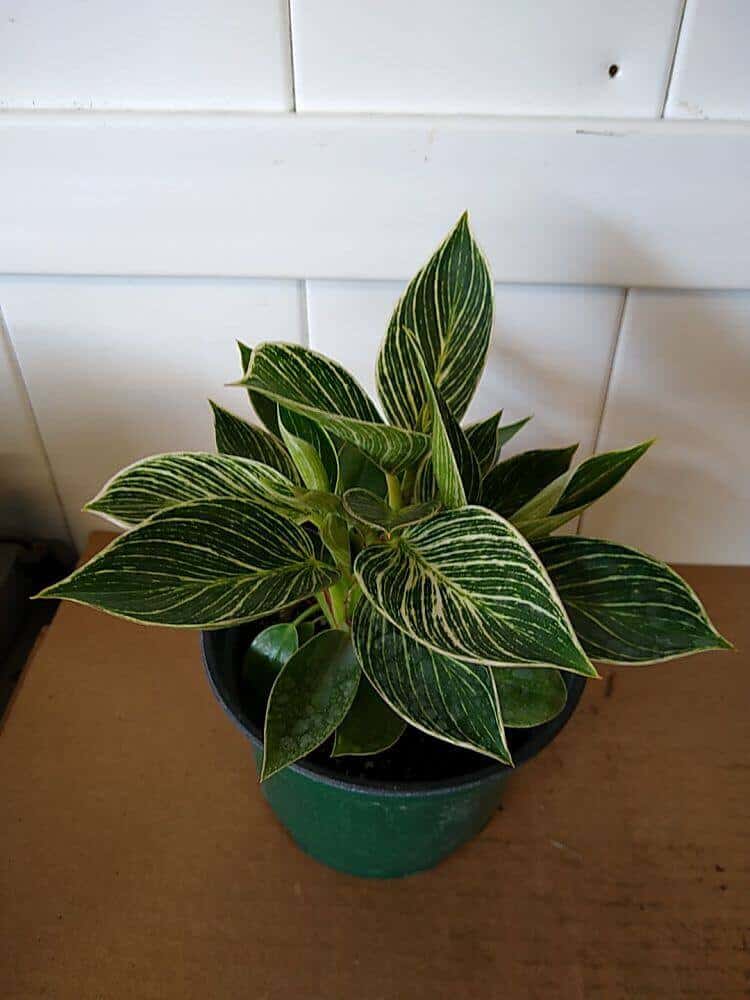
If it is a Birkin plant for sale, then you can save a lot! It is a slow-growing plant, so you can just take your time and invest more money in maintaining it.
How Much Is a Philodendron Birkin?
The Philodendron Birkin price depends on its size.
It can range anywhere from $12.99 to $46.95 per pot. The pot size can range from 4 to 6 inches. Depending on the amount of space you have, you need to know what size suits you better when purchasing your Philo Birkin plant.
Conclusion
If you are keen on looking for a manageable houseplant and you like taking time to grow it, you can try growing the Philodendron Birkin. It might take you a while to see it mature, but as it grows, you learn more about it and fall in love with how intricate the leaf details are.
Thus, it is required that you learn and get prepared prior to growing a houseplant. It is easy, but without knowledge and practice, you will not enjoy the bliss. So, let’s learn and grow!



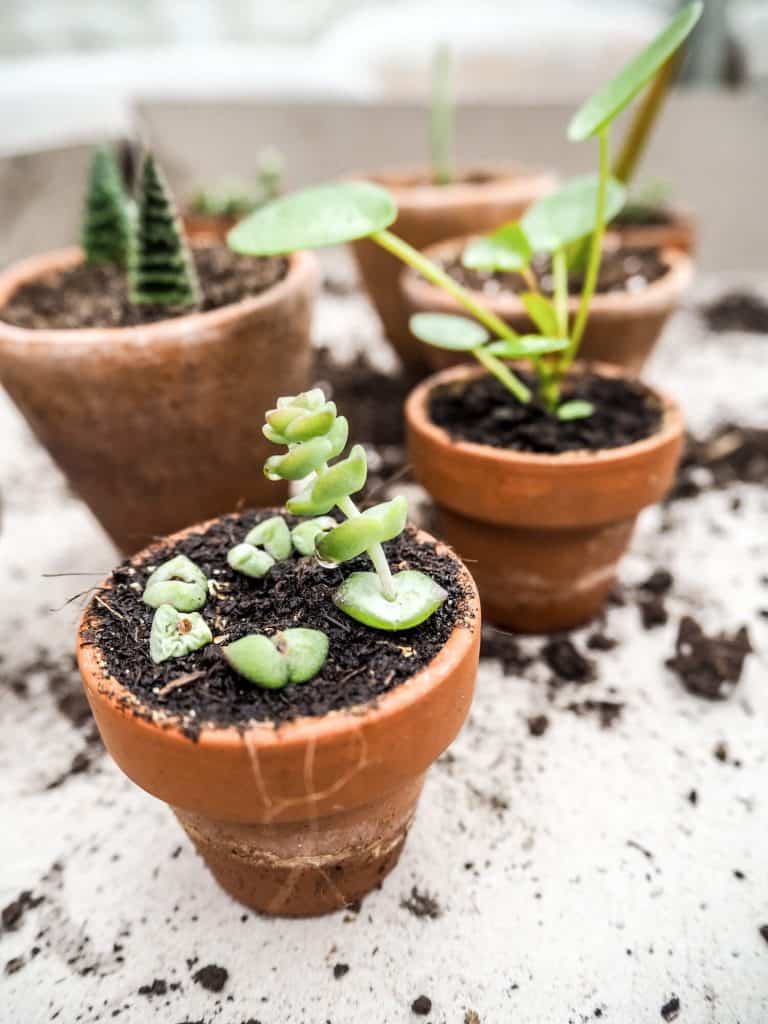
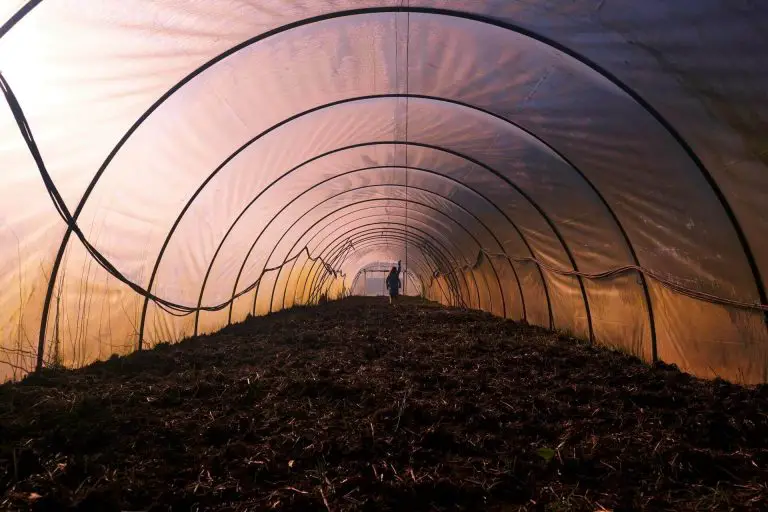

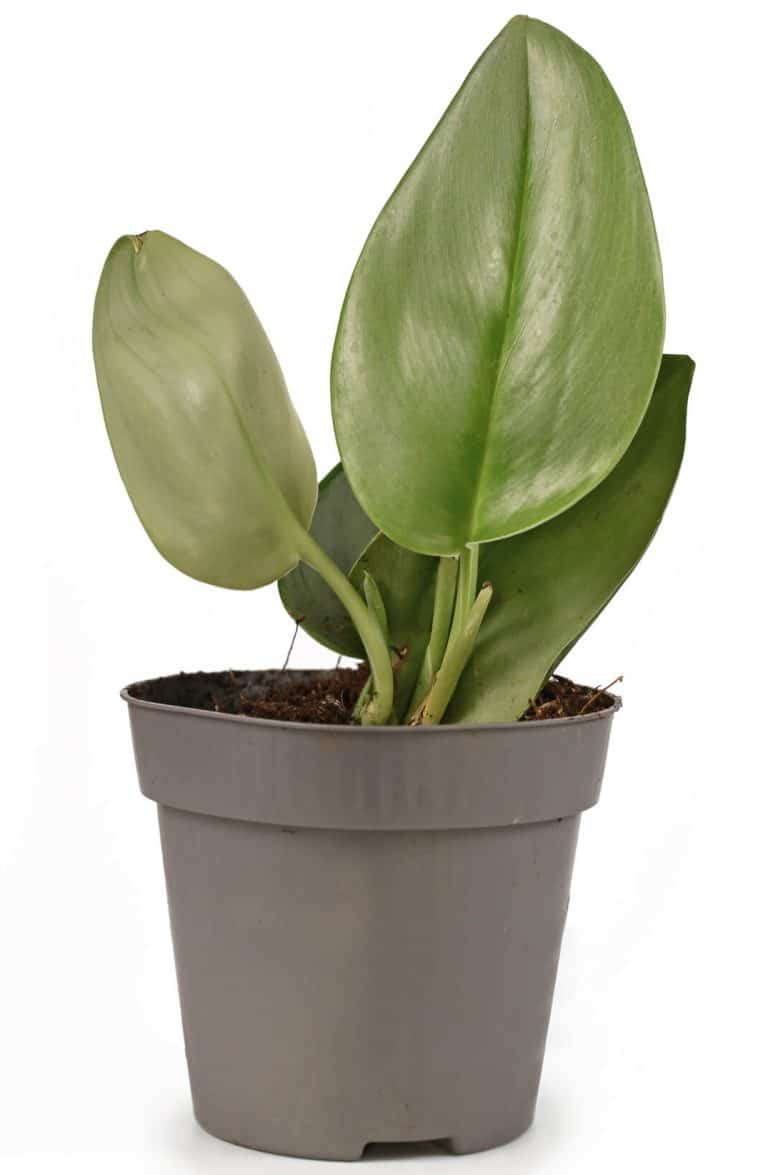
![How To Trim Basil Plant Without Killing It & What To Avoid! [2023]](https://aboveandbeyondgardening.com/wp-content/uploads/2022/10/how-to-trim-basil-plant-without-killing-it-768x513.jpg)
